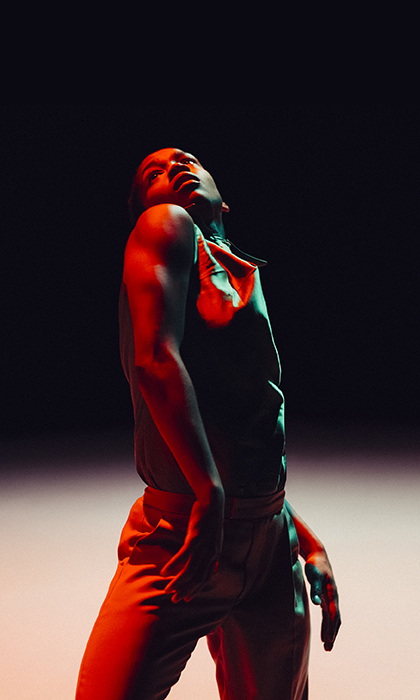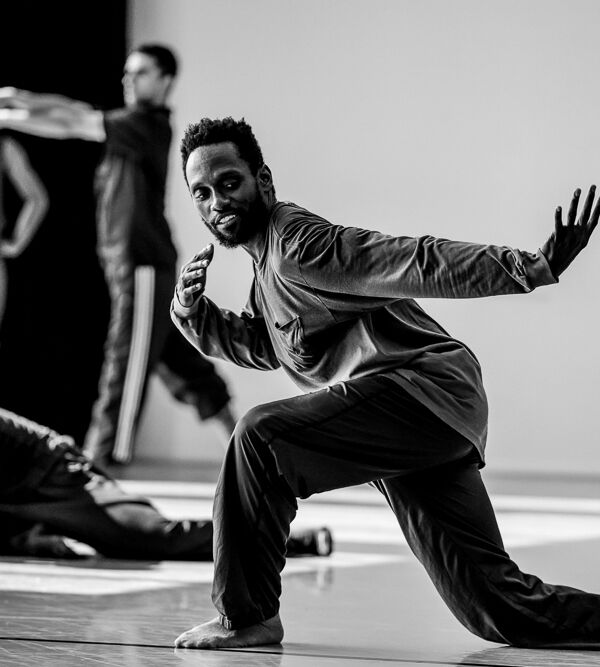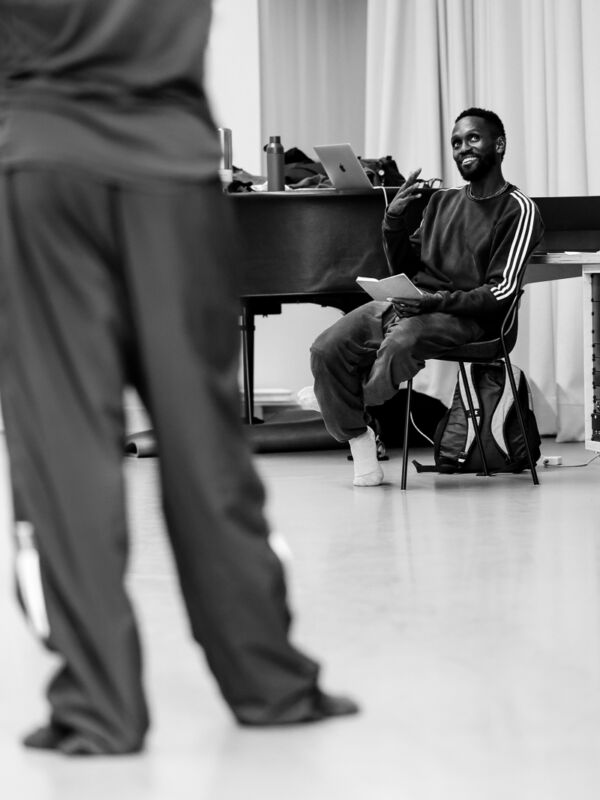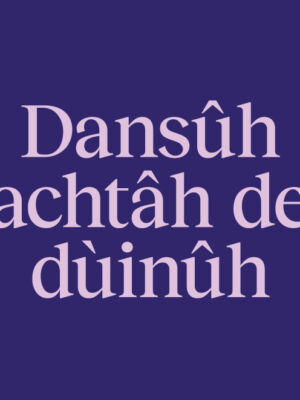
NDT. Proudly from The Hague for 65 years
Without The Hague, there would be no Nederlands Dans Theater. From our home base, we’ve been touring the world with our dance performances for decades — always carrying the heart and soul of The Hague with us.
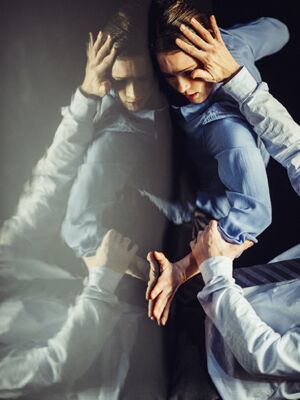
RESONANCE
RESONANCE celebrates bold, thought-provoking, and iconic works from acclaimed makers that are close to our heart. Mémoires d’Oubliettes (2009), by Jiří Kylián, The Statement (2016) by Crystal Pite and Woke up Blind (2016) by Marco Goecke.
